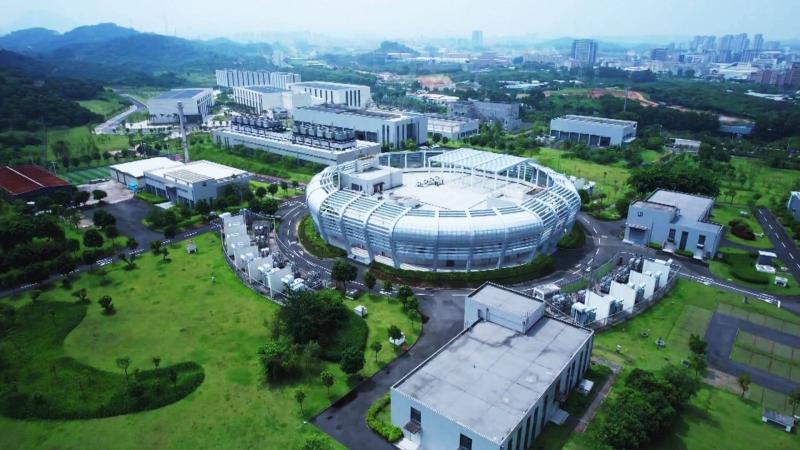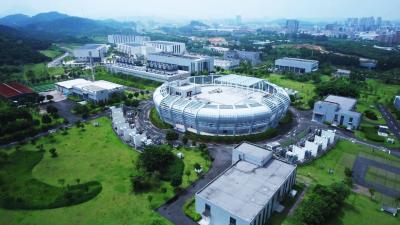China has recently begun the second phase of the upgrade and expansion project for the "High-Flux" facility specializing in pulse neutron sources, aiming to explore the structure of the microscopic world and drive scientific innovations in the country. The project, being implemented in Dongguan, southern China, involves the construction of 11 new neutron instruments, experimental stations, and advanced laboratories. The proton beam power of the source, one of the key performance indicators of the facility, is expected to increase from 100 kW to 500 kW, with the project completion anticipated to take 69 months.
Wang Yifan, director of the Institute of High Energy Physics at the Chinese Academy of Sciences, stated in an interview with China Media Group that this phase will contribute to a clearer understanding of material structures, enabling more scientific research and experiments. The project's capabilities and applications are expected to see significant improvements upon completion, allowing for a greater number of experiments that support advanced scientific research and economic development in China.
The facility can produce and accelerate protons before colliding them with a target to generate neutrons, which will then be directed to strike material samples. Researchers can precisely infer the atomic composition of materials by measuring the distribution of scattered neutrons and their changes in energy and momentum. Since it began operations in August 2018, the facility has contributed to numerous applications across the fields of physics, chemistry, biology, and materials science and engineering, with investments exceeding 2.3 billion yuan (325 million dollars). Currently, the facility hosts over 6,000 registered users, and more than 1,500 experiments have been conducted, yielding significant scientific results. Notably, the Chinese pulse neutron source is the fourth of its kind in the world, following similar facilities in the UK, the USA, and Japan.




